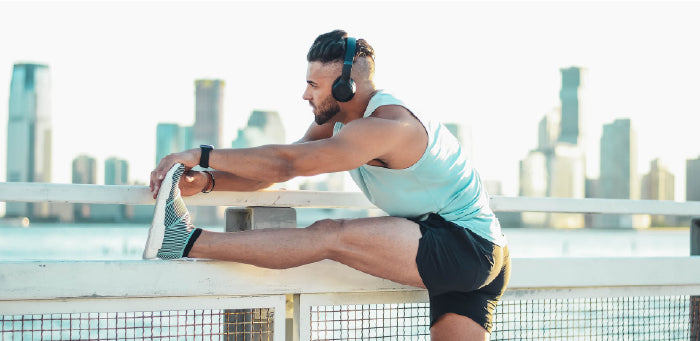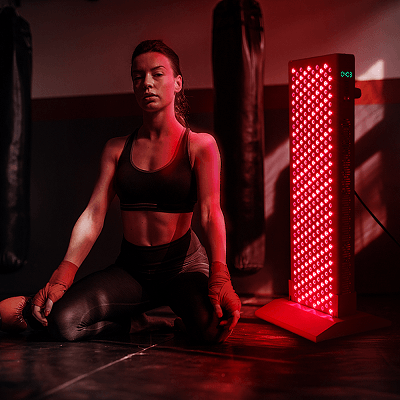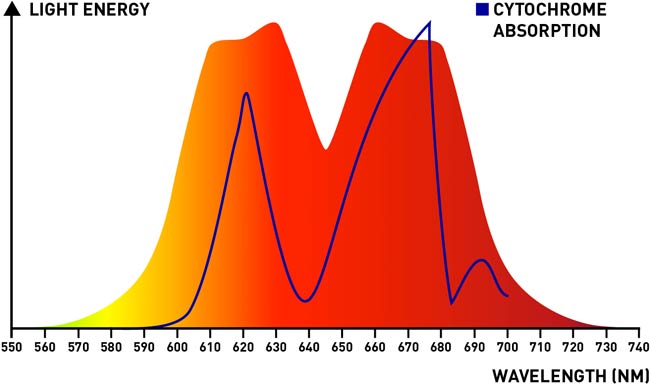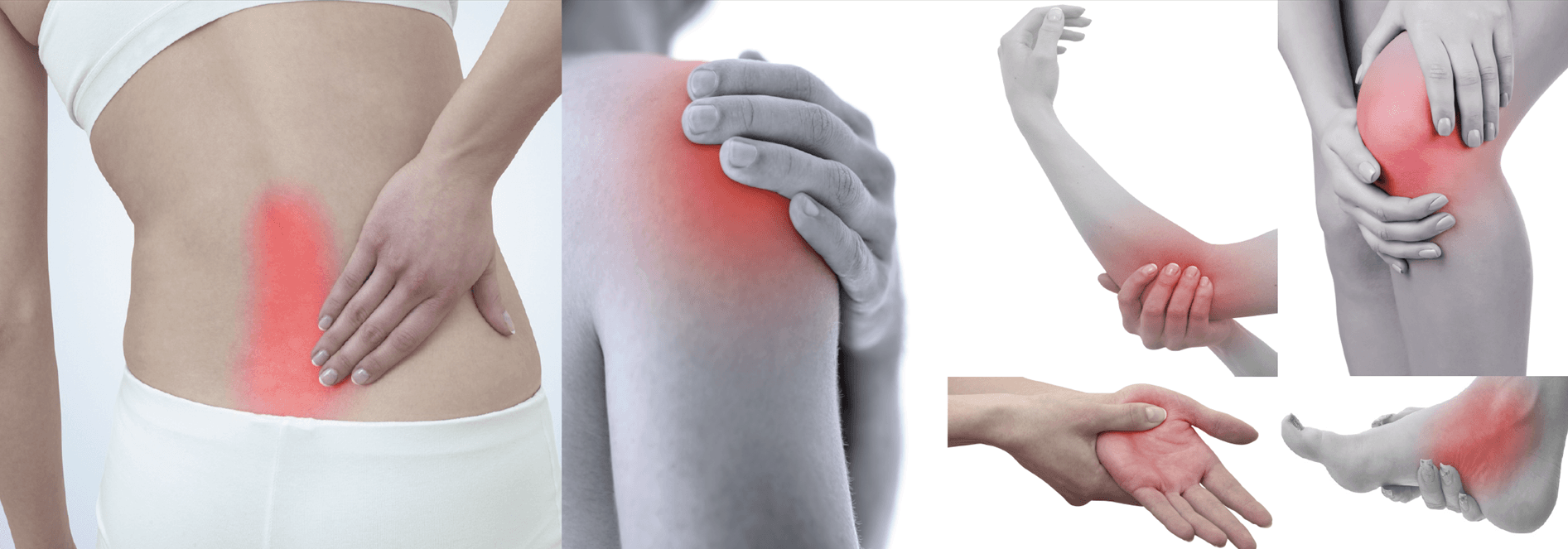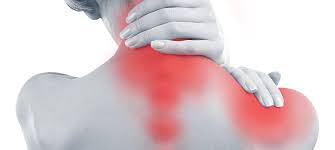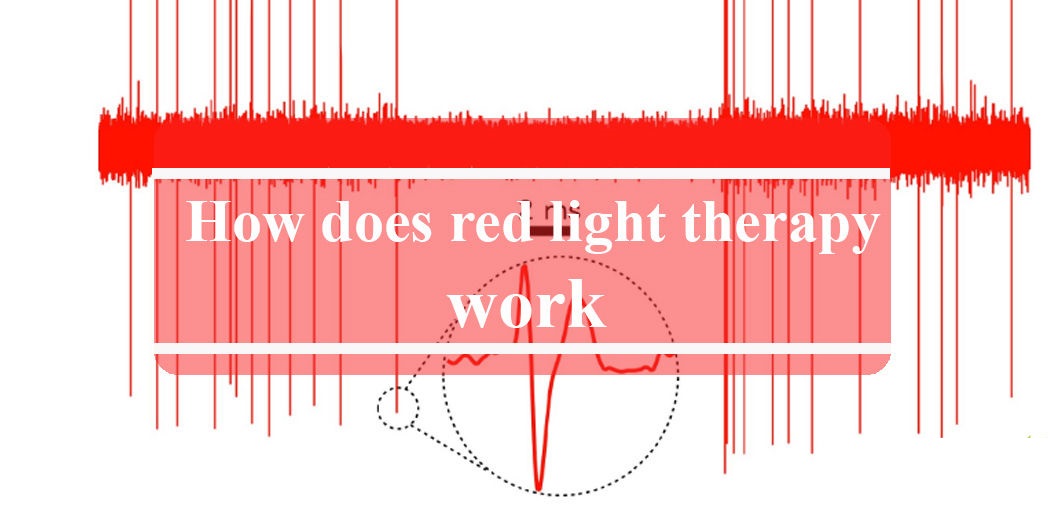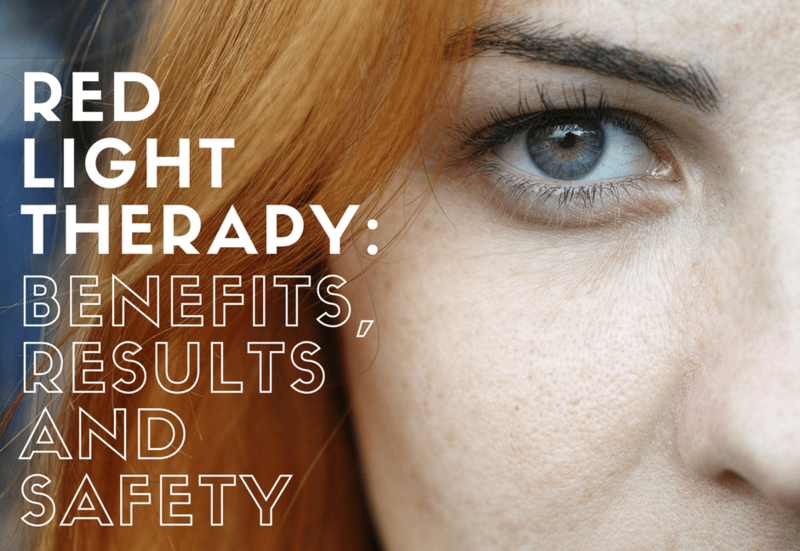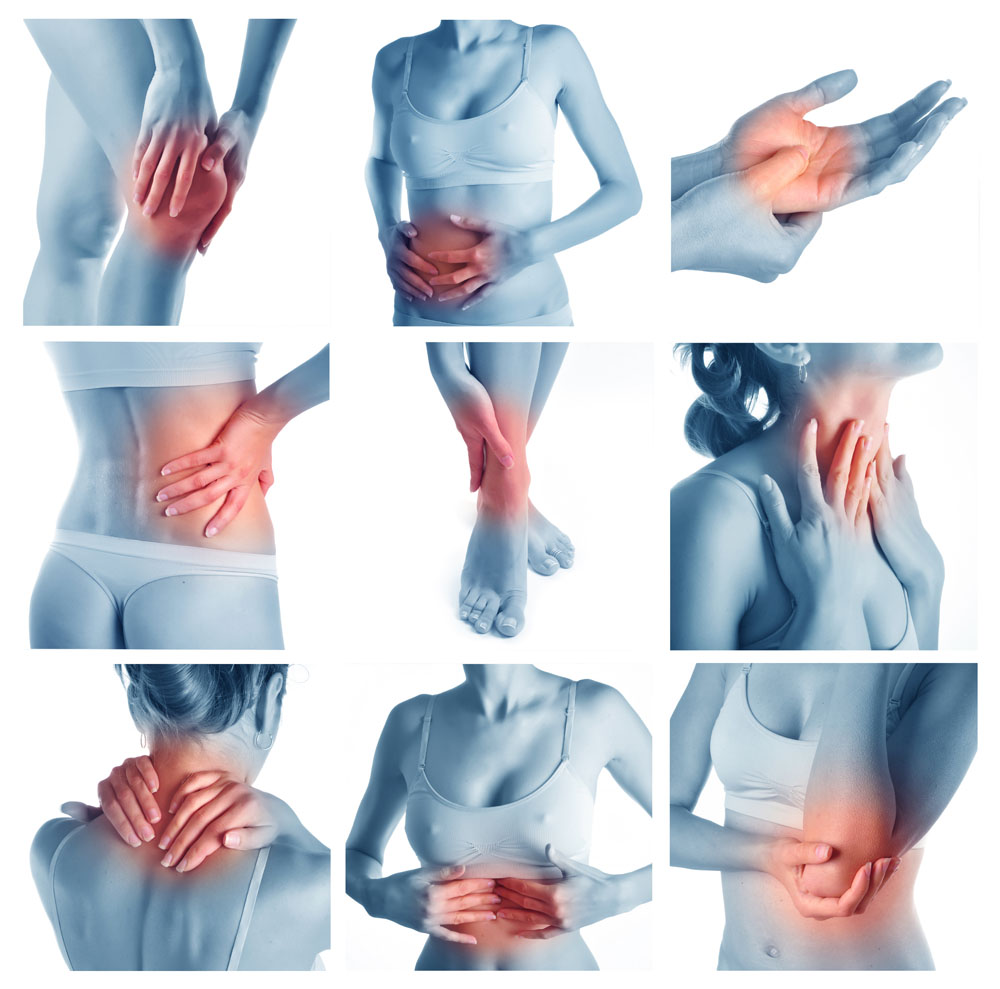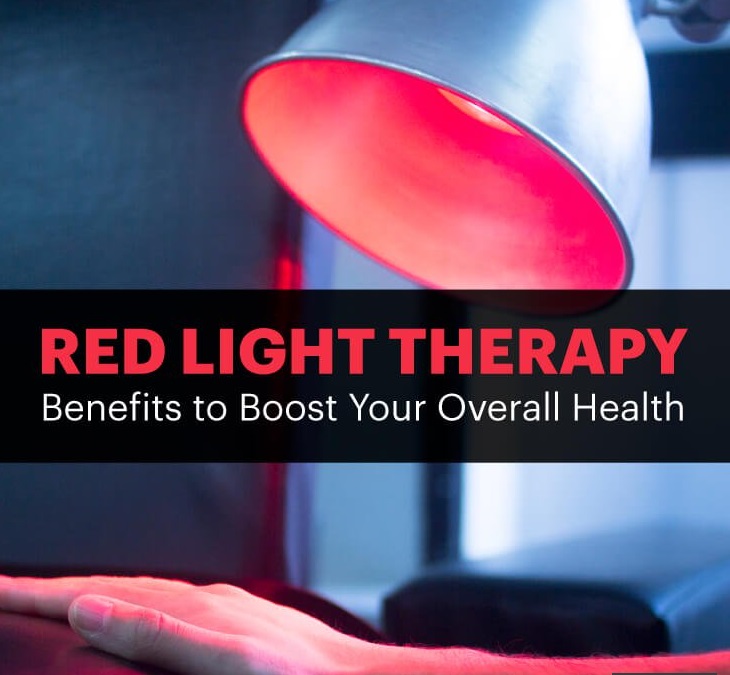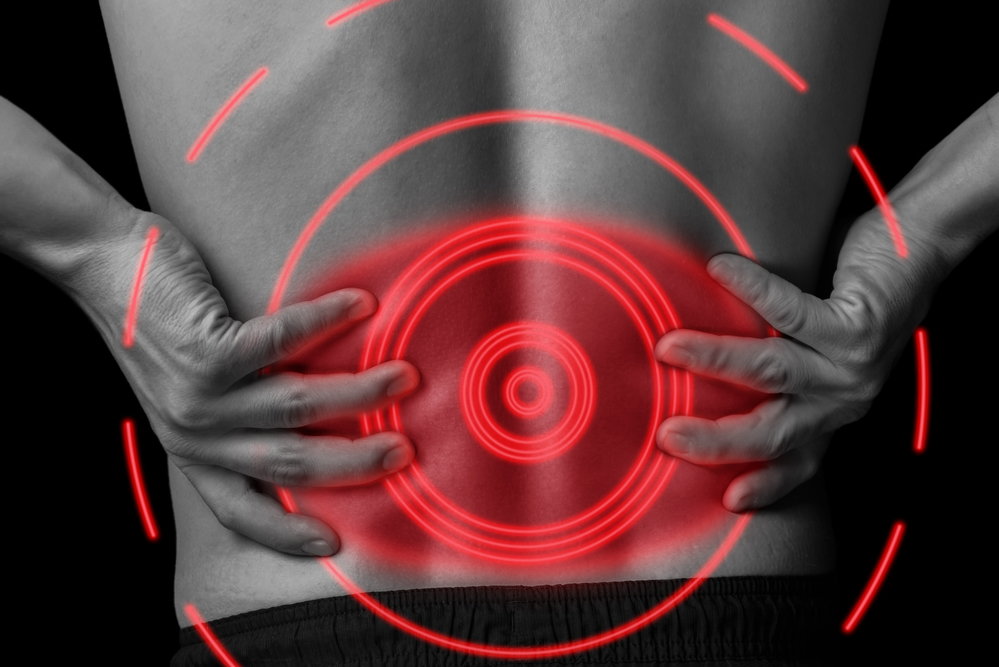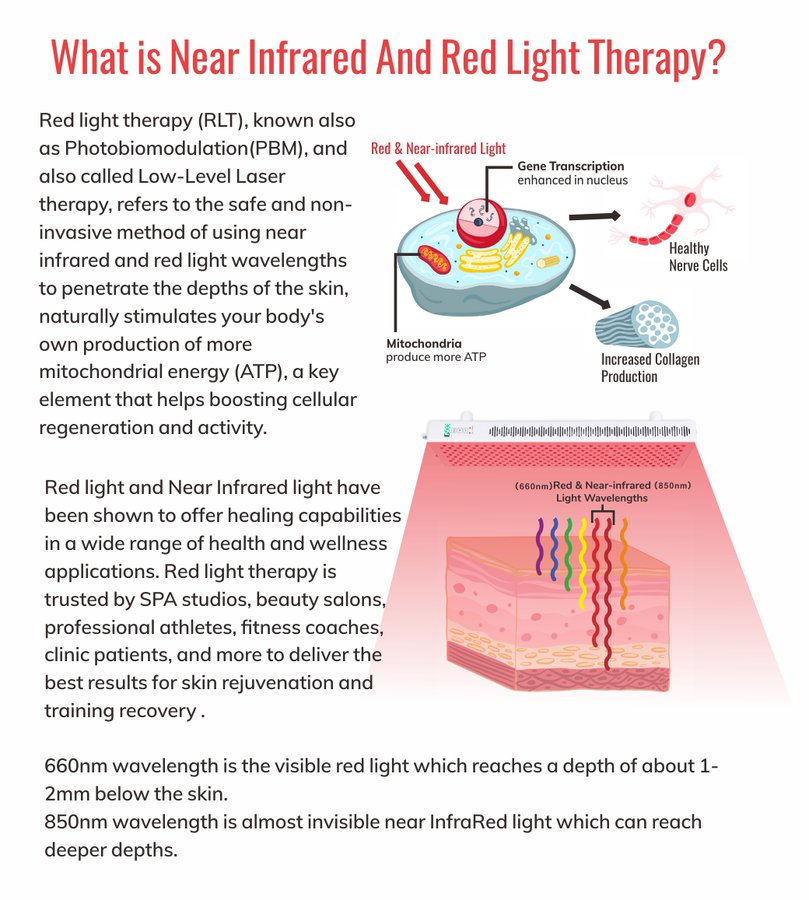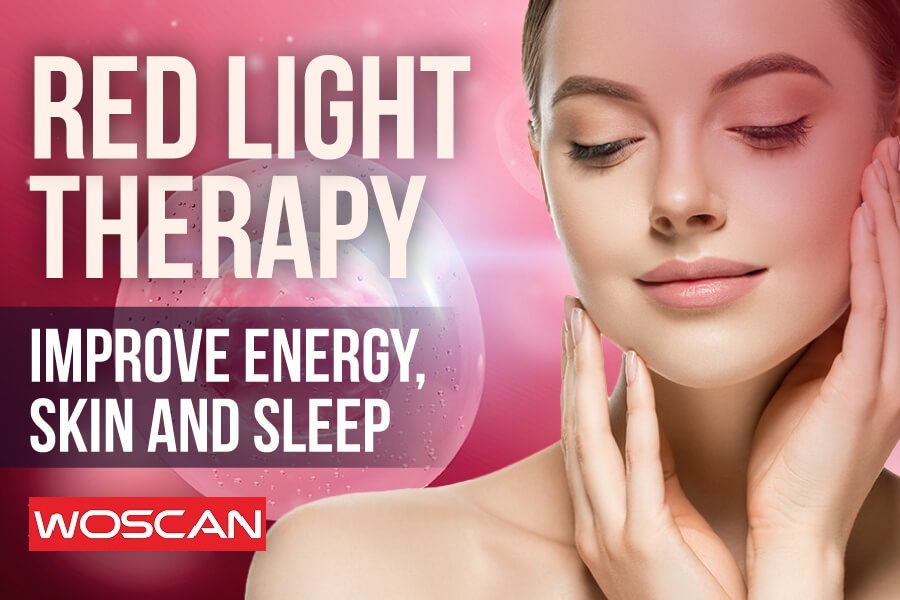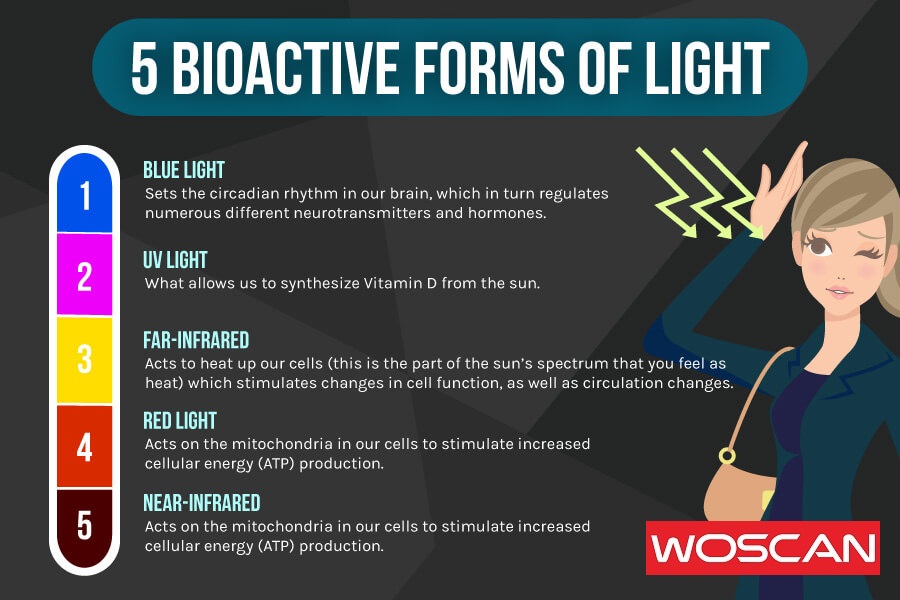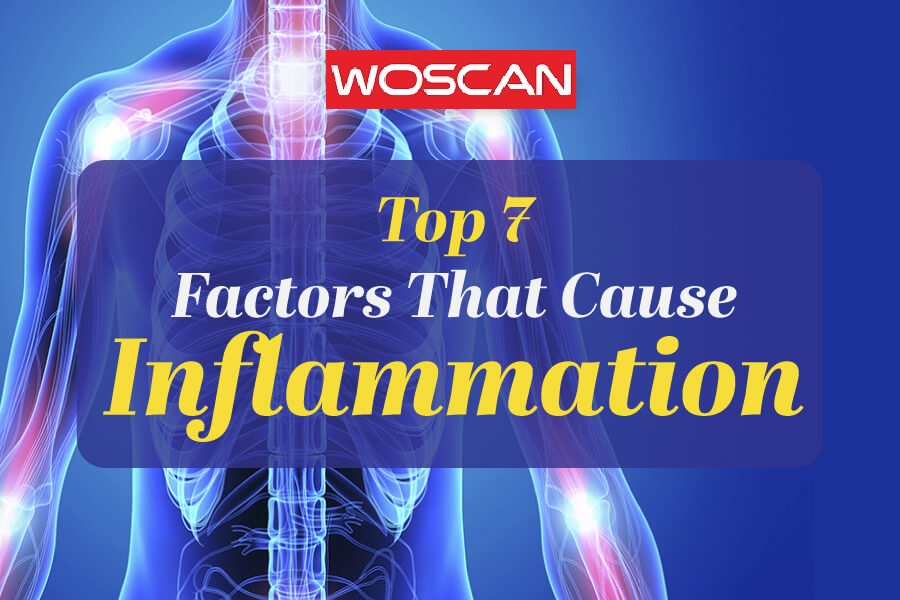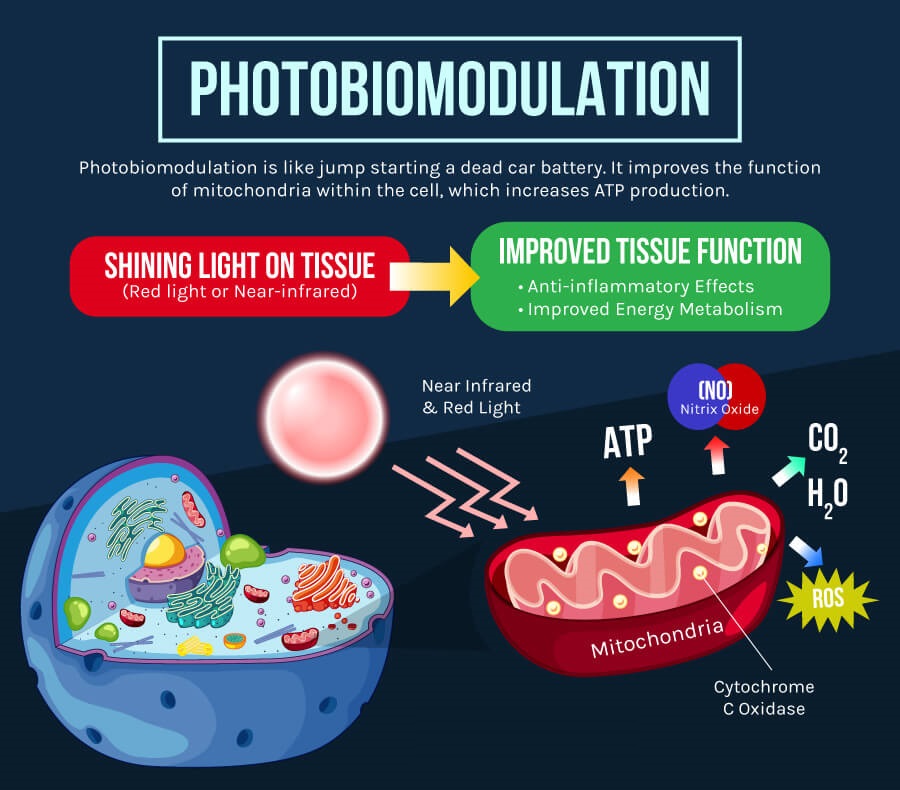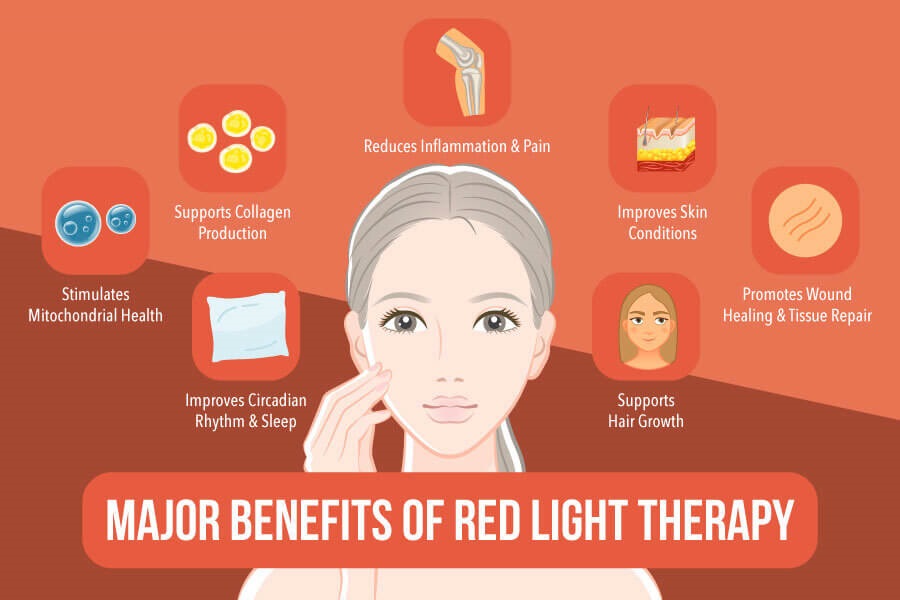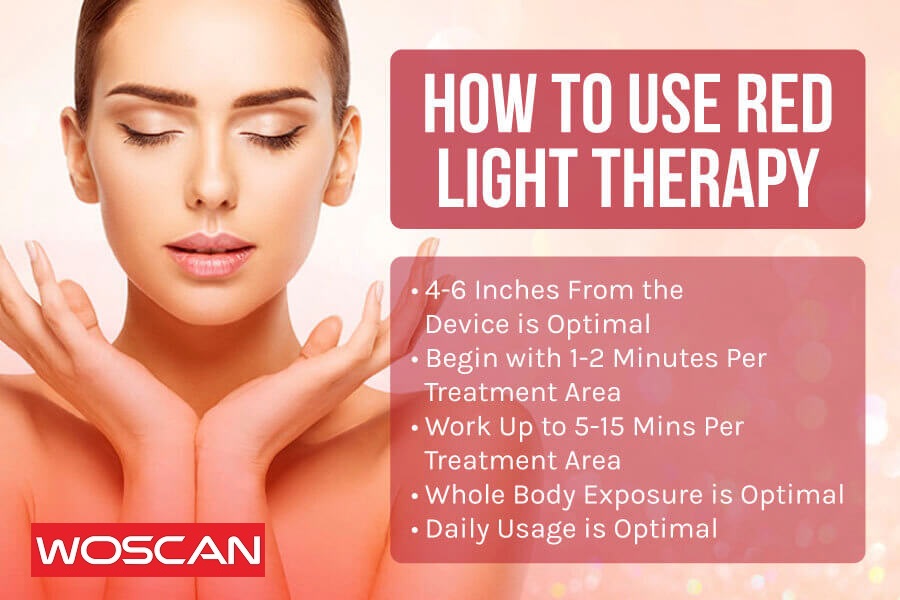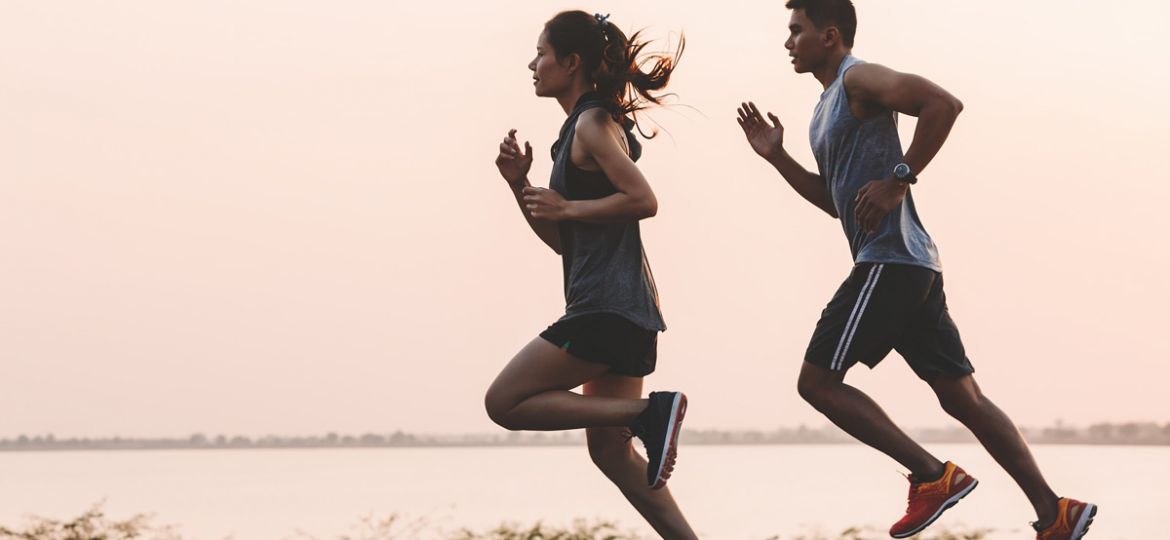
There is a topic that has captured the attention of athletes, health enthusiasts, and scientists alike: Red Light Therapy (RLT). If you’ve heard of RLT, you might be intrigued by its myriad of health benefits, from improved skin health to better sleep quality. But did you know that it can also play a crucial role in enhancing athletic performance?
Yes, you read that right. Whether you’re a professional athlete striving for peak performance or a fitness enthusiast looking to get the most out of your workouts, Red Light Therapy could be your secret weapon. In this comprehensive article, we’ll delve into the science of RLT, how it benefits the general population, and most importantly, how it can be a game-changer in your athletic endeavors. So if you’re ready to learn how you can take your performance to the next level, read on.
What is Red Light Therapy?
Red Light Therapy (RLT) is a groundbreaking approach that utilizes low-level red light wavelengths to promote various health benefits at the cellular level. Unlike UV light, which can be damaging to your skin, RLT is a non-invasive and safe way to improve wellness. But how does it work? Let’s dive into the science behind it.
THE SCIENCE OF RED LIGHT THERAPY
In simple terms, RLT works by directing a specific wavelength of red light at your skin, which penetrates about 8 to 10 millimeters deep. At this depth, the light can interact with the mitochondria in your cells, the powerhouse responsible for generating energy in the form of adenosine triphosphate (ATP). When mitochondria absorb this red light, they experience a boost in their activity level, which, in turn, enhances cellular function and promotes healing, regeneration, and energy production.
DEVICES USED IN RED LIGHT THERAPY
Various devices can deliver the benefits of RLT, each with its own set of advantages:
Panels
Panels are large flat surfaces filled with LED lights emitting red light at specific wavelengths. They are commonly used in clinical settings and can also be installed at home for full-body exposure.
Handheld Devices
These are portable, small, and ideal for targeted therapy. They are usually used to focus on specific areas, such as a sore muscle or a patch of skin needing rejuvenation.
Beds
RLT beds are designed for full-body immersion, resembling tanning beds but without the harmful UV rays. These beds are lined with LEDs that emit red light, allowing you to lay down and receive therapy from head to toe. They offer a convenient way to get full-body benefits in a single session and are increasingly found in high-end gyms and wellness centers.
Red Light Therapy is a scientifically-backed method that leverages the natural power of specific light wavelengths to supercharge your cells and enhance various bodily functions. Whether you’re interested in general wellness or are specifically aiming to boost your athletic performance, RLT has something promising to offer. Keep reading as we delve into how RLT is becoming a must-have in the world of sports and athletic performance.
The Benefits of Red Light Therapy for the General Population
Red Light Therapy (RLT) isn’t just a hit in the athletic community; it’s also a popular wellness option for the general population. The technology’s versatility and safety have made it an attractive choice for many, offering an array of benefits that cater to different needs. Let’s take a look at some of the primary advantages:
IMPROVED SKIN HEALTH
RLT has been shown to stimulate collagen production, reduce wrinkles, and improve the overall texture and tone of the skin. Whether you’re dealing with acne, scars, or signs of aging, RLT can offer you a non-invasive way to enhance your skin’s appearance.
BETTER SLEEP
Sleep is a cornerstone of good health, and RLT has proven to be effective in improving the quality of sleep by assisting with circadian rhythm regulation and reducing symptoms of insomnia. It can help you fall asleep faster, stay asleep longer, and wake up feeling refreshed.
PAIN RELIEF
The anti-inflammatory effects of RLT have made it a popular choice for those dealing with chronic pain or acute injuries. Whether you have arthritis, muscle pain, or joint issues, RLT can help alleviate discomfort by promoting natural healing processes.
FASTER WOUND HEALING
RLT accelerates the body’s natural healing mechanisms by stimulating cell regeneration and tissue repair. It’s especially useful for speeding up the healing of cuts, burns, and surgical wounds, making it a versatile tool in medical settings as well.
MOOD ENHANCEMENT
Studies have shown that RLT can help balance serotonin and melatonin levels, potentially helping to alleviate symptoms of depression and anxiety. The therapy has a calming effect and can be a beneficial supplement to traditional mental health treatments.
In essence, the benefits of RLT are broad-ranging, touching upon various aspects of physical and mental well-being. Whether you’re aiming to improve your skin, get better sleep, or relieve pain, RLT offers a safe and efficient way to reach your health goals. And if you’re an athlete or fitness enthusiast, the benefits only get more exciting from here, as we’ll explore in the following sections.
The Growing Trend in Sports and Athletic Performance
While Red Light Therapy (RLT) has garnered attention for its widespread health benefits, it’s the arena of sports and athletic performance where it’s rapidly gaining traction. Elite athletes, sports medicine specialists, and even casual fitness enthusiasts are becoming increasingly aware of the advantages RLT can offer. Let’s take a closer look at how this trend is materializing.
THE ACADEMIC BACKING
Scientific studies are the cornerstone of any medical or wellness practice, and RLT is no exception. Various peer-reviewed studies have shown promising results on how RLT can enhance athletic performance.
One such study titled “Photobiomodulation in human muscle tissue: an advantage in sports performance?” states, “PBM can increase muscle mass gained after training, and decrease inflammation and oxidative stress in muscle biopsies.”[1] This highlights RLT’s dual capability of not only enhancing muscle growth but also speeding up recovery, which is crucial for any athlete.
Another study, titled “Muscular pre-conditioning using light-emitting diode therapy (LEDT) for high-intensity exercise: a randomized double-blind placebo-controlled trial with a single elite runner,” adds another layer of credibility. The study suggests, “The results suggest that a muscular pre-conditioning regimen using LEDT before intense exercises could modulate metabolic and renal function to achieve better performance.”[2]
These studies provide concrete evidence that RLT can be a substantial part of an athlete’s training and recovery regimen.
ADOPTION BY PROFESSIONAL ATHLETES
The credibility of RLT in the sports industry has grown so much that many professional athletes and sports teams have adopted it as part of their training programs. From NBA stars to Olympic sprinters, RLT devices are becoming a common sight in training rooms.
THE NEW NORM IN ATHLETIC TRAINING
Given the scientific evidence, professional endorsements, and personal success stories, it’s safe to say that Red Light Therapy is fast becoming a new norm in athletic training. It’s not just an alternative but a complement to traditional training methods, offering a holistic approach to athletic performance and well-being.
So whether you’re a weekend warrior, a fitness newbie, or a professional athlete, RLT has something to offer that can take your performance to new heights. And as we move on to explore the specifics of how RLT can improve various aspects of athletic performance, you’ll find even more reasons to consider incorporating it into your training routine.
How Does Red Light Therapy Boost Athletic Performance?
When it comes to athletic performance, every advantage counts, whether it’s improved recovery, greater muscle strength, or even enhanced cognitive functions. So how exactly does Red Light Therapy (RLT) fit into this high-stakes equation? The answers lie in a multi-pronged approach that impacts different aspects of athletic well-being. Let’s explore these in detail.
MUSCLE RECOVERY
First and foremost, RLT has shown significant promise in the domain of muscle recovery. A study titled “Infrared Low-Level Laser Therapy (Photobiomodulation Therapy) before Intense Progressive Running Test of High-Level Soccer Players: Effects on Functional, Muscle Damage, Inflammatory, and Oxidative Stress Markers—A Randomized Controlled Trial” notes, “Preexercise PBMT seems to play an important antioxidant effect, decreasing exercise-induced oxidative stress and consequently enhancing athletic performance and improving postexercise recovery.”[3] In layman’s terms, RLT helps your muscles recover more quickly and efficiently by reducing inflammation and oxidative stress, key factors in speedy recovery.
IMPROVED ENERGY LEVELS
RLT enhances mitochondrial activity, thereby promoting higher levels of ATP (adenosine triphosphate), the energy currency of your cells. Increased ATP production equates to more energy and stamina, helping you push your limits during training or competition.
BETTER ENDURANCE
The fact that RLT improves cellular function means that your muscles can work more efficiently, leading to improved endurance. You can run faster, lift heavier, and sustain high-intensity activities for longer periods. This is particularly beneficial for athletes involved in endurance sports like cycling, swimming, and long-distance running.
FASTER HEALING
We’ve already touched upon how RLT accelerates the body’s natural healing processes. For athletes, this can translate into shorter downtime after an injury, allowing for a more seamless return to training and competition.
ENHANCED COGNITIVE FUNCTIONS
Cognitive functions like focus, memory, and decision-making are often overlooked in the context of athletic performance. However, a study titled “Brain Photobiomodulation Improves Sleep Quality in Subjective Cognitive Decline: A Randomized, Sham-Controlled Study” reveals, “After five days of PBM therapy targeting the prefrontal cortex, sleep efficiency and N-back cognitive performance were improved on the fifth day.” [4] For athletes, improved sleep quality and cognitive functions can mean better decision-making during games, improved focus, and a more effective response to stress or fatigue.
Red Light Therapy has a multiplicative effect on athletic performance. From speeding up muscle recovery and boosting energy levels to enhancing cognitive functions, RLT offers a holistic approach to athletic well-being. Its advantages are backed by scientific research and real-world application, making it a highly recommended addition to any athlete’s training and recovery regimen.
Things to Consider Before Starting Red Light Therapy
Before diving headlong into the world of Red Light Therapy (RLT), it’s crucial to make some considered choices. While the therapy is known for its wide range of benefits and general safety, you should be fully informed before you start. Below are some essential things you should consider.
DEFINE YOUR GOALS
RLT offers a myriad of benefits, from enhanced athletic performance to improved skin health. Clearly define what you’re hoping to achieve with RLT to tailor your approach effectively. This will help you determine factors like device choice, treatment duration, and optimal wavelength.
EVALUATE DEVICE QUALITY
The quality of the RLT device you choose is crucial for effective therapy. Options range from full-body beds and panels to handheld devices. You can find a device from a reputable manufacturer that meets quality and safety standards, and make sure it has been clinically tested for efficacy.
UNDERSTAND WAVELENGTHS AND INTENSITY
The efficacy of RLT is highly dependent on the light’s wavelength and intensity. Different wavelengths offer different benefits, and the intensity of the light can also affect the therapy’s effectiveness. Make sure you understand what wavelength and intensity are appropriate for your specific needs.
CONSIDER COSTS AND COMMITMENT
Quality RLT devices can be an investment. Ensure that you’re prepared to commit to regular sessions to maximize the device’s cost-effectiveness. If you’re unsure, many clinics offer RLT sessions, allowing you to try the therapy before purchasing a device for home use.
CHECK COMPATIBILITY WITH OTHER TREATMENTS
If you’re already undergoing other treatments or therapies, it’s essential to consult your healthcare provider about combining them with RLT. This will help you avoid any potential negative interactions and ensure that you’re getting the most out of all your treatment modalities.
BE AWARE OF SIDE EFFECTS AND SENSITIVITIES
While RLT is generally well-tolerated, some people may experience minor side effects such as skin redness or itchiness. Consider doing a patch test on a small area of your skin before starting full sessions, especially if you have sensitive skin.
RESEARCH
Being well-informed can help you make the most of RLT. Look for scientific studies that support its efficacy for your specific needs and consider reading them from experts who have experience with RLT.
MONITOR YOUR PROGRESS
Once you’ve started your RLT journey, keep track of any changes or improvements. Whether it’s faster muscle recovery, increased stamina, or simply better sleep, monitoring your progress can help you fine-tune your therapy for maximum benefits.
By considering these factors, you set the stage for a successful and effective RLT experience. Knowledge is power, and the more you know before you start, the better you can tailor the therapy to meet your specific athletic and health goals.
Red Light Therapy (RLT) has emerged as a game-changing technology in the realm of athletic performance and overall well-being. Its wide range of benefits, from aiding muscle recovery and boosting energy levels to enhancing cognitive functions, make it an invaluable addition to any athlete’s training and recovery regimen. Scientific studies and real-world testimonials provide strong support for the efficacy of this non-invasive therapy.
However, as with any investment in your health and performance, it’s crucial to approach RLT thoughtfully. Consulting healthcare providers, understanding your goals, choosing the right device, and monitoring your progress are just a few of the essential steps to ensure you’re making the most out of your RLT experience.
Incorporating RLT into your athletic routine doesn’t just give you an edge in performance; it also offers a holistic approach to health and recovery. If done correctly, RLT can be the key to unlocking your full athletic potential, helping you perform better, recover faster, and push your limits like never before.
So, if you’re looking for that extra boost to elevate your athletic performance or speed up your recovery, Red Light Therapy might just be the missing piece of the puzzle. Make sure to weigh all the factors carefully and take an informed approach to reap the full benefits of this groundbreaking therapy.
[1] Ferraresi C, Huang YY, Hamblin MR. Photobiomodulation in human muscle tissue: an advantage in sports performance? J Biophotonics. 2016 Dec;9(11-12):1273-1299. doi: 10.1002/jbio.201600176. Epub 2016 Nov 22. PMID: 27874264; PMCID: PMC5167494.
[2] Ferraresi C, Beltrame T, Fabrizzi F, do Nascimento ES, Karsten M, Francisco Cde O, Borghi-Silva A, Catai AM, Cardoso DR, Ferreira AG, Hamblin MR, Bagnato VS, Parizotto NA. Muscular pre-conditioning using light-emitting diode therapy (LEDT) for high-intensity exercise: a randomized double-blind placebo-controlled trial with a single elite runner. Physiother Theory Pract. 2015 Jul;31(5):354-61. doi: 10.3109/09593985.2014.1003118. Epub 2015 Jan 14. PMID: 25585514; PMCID: PMC4470717.
[3] Tomazoni SS, Machado CDSM, De Marchi T, Casalechi HL, Bjordal JM, de Carvalho PTC, Leal-Junior ECP. Infrared Low-Level Laser Therapy (Photobiomodulation Therapy) before Intense Progressive Running Test of High-Level Soccer Players: Effects on Functional, Muscle Damage, Inflammatory, and Oxidative Stress Markers-A Randomized Controlled Trial. Oxid Med Cell Longev. 2019 Nov 16;2019:6239058. doi: 10.1155/2019/6239058. PMID: 31827687; PMCID: PMC6885272.
[4] Zhao X, Du W, Jiang J, Han Y. Brain Photobiomodulation Improves Sleep Quality in Subjective Cognitive Decline: A Randomized, Sham-Controlled Study. J Alzheimers Dis. 2022;87(4):1581-1589. doi: 10.3233/JAD-215715. PMID: 35491787.


